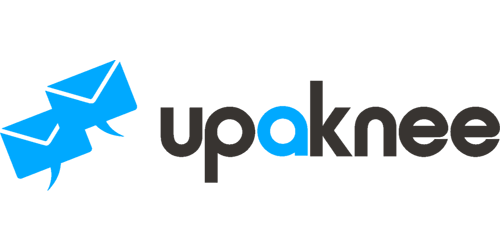
Unlocking the Power of Email Open Rates in Email Marketing
Unlocking the Power of Email Open Rates in Email Marketing
Email marketing has evolved into a finely-tuned art, and understanding how your audience interacts with your emails is essential for success. One crucial metric that serves as a barometer of subscriber engagement is the open rate. In this article, we’ll explore what open rates are, the different types, how to calculate them, and why they are so relevant in the world of email marketing.
Defining Open Rates: A Glimpse into Subscriber Engagement
The open rate is a percentage that signifies how many of your email subscribers opened a particular newsletter out of the total number of emails sent. It’s a critical metric that provides valuable insights into the level of engagement your email campaigns are generating.
Types of Open Rates: Delving Deeper into Engagement
Open rates can be classified into various categories, each shedding light on different aspects of subscriber behavior:
- Unique Open Rate: This metric represents the percentage of individual subscribers who opened your email. If a subscriber opens the same email multiple times, it’s still counted as one unique open.
- Total Open Rate: Total open rate considers all opens, including multiple opens by the same subscriber. It provides a broader view of how many times your email was accessed.
- Click-to-Open Rate (CTOR): CTOR is a measure of engagement quality. It calculates the percentage of recipients who clicked on a link within the email after opening it. A high CTOR indicates that the content within the email resonated with the audience.
Calculating Open Rates: The Simple Formula
To calculate open rates, use the following formula:
Open Rate=(Number of OpensNumber of Emails Sent−Bounces)×100
Understanding open rates and their variations is a crucial step toward optimizing your email marketing strategy. But why are open rates so relevant?
Why Open Rates Matter: Insights and Improvements
- Audience Engagement Evaluation: Open rates are a direct reflection of how engaged your subscribers are with your emails. A high open rate indicates that your content resonates with your audience, while a low open rate may suggest that your email content needs improvement.
- Content Relevance: Open rates can reveal whether you are sending the right emails to the right audience. If your open rate is low, it’s essential to assess whether your content aligns with your subscribers’ interests and expectations.
- Subject Line Impact: The subject line is the first thing subscribers see, and it plays a pivotal role in open rates. A captivating subject line can significantly boost open rates. Experiment with different subject lines to find the ones that resonate best with your audience.
- Timing Matters: The day of the week and the time of day you send your emails can impact open rates. Testing and analyzing open rates over different send times can help you determine the optimal schedule for reaching your audience.
- Continuous Improvement: Open rates provide a valuable benchmark for measuring the effectiveness of your email campaigns. Regularly monitoring and analyzing open rates allows you to refine your email marketing strategy and adapt to changing subscriber preferences.
In conclusion, open rates are more than just numbers; they are windows into your subscribers’ engagement and preferences. Understanding the different types of open rates, how to calculate them, and why they matter is essential for any email marketer looking to maximize the impact of their campaigns. By continually assessing and optimizing your open rates, you can build stronger connections with your audience and drive better results in the world of email marketing.

